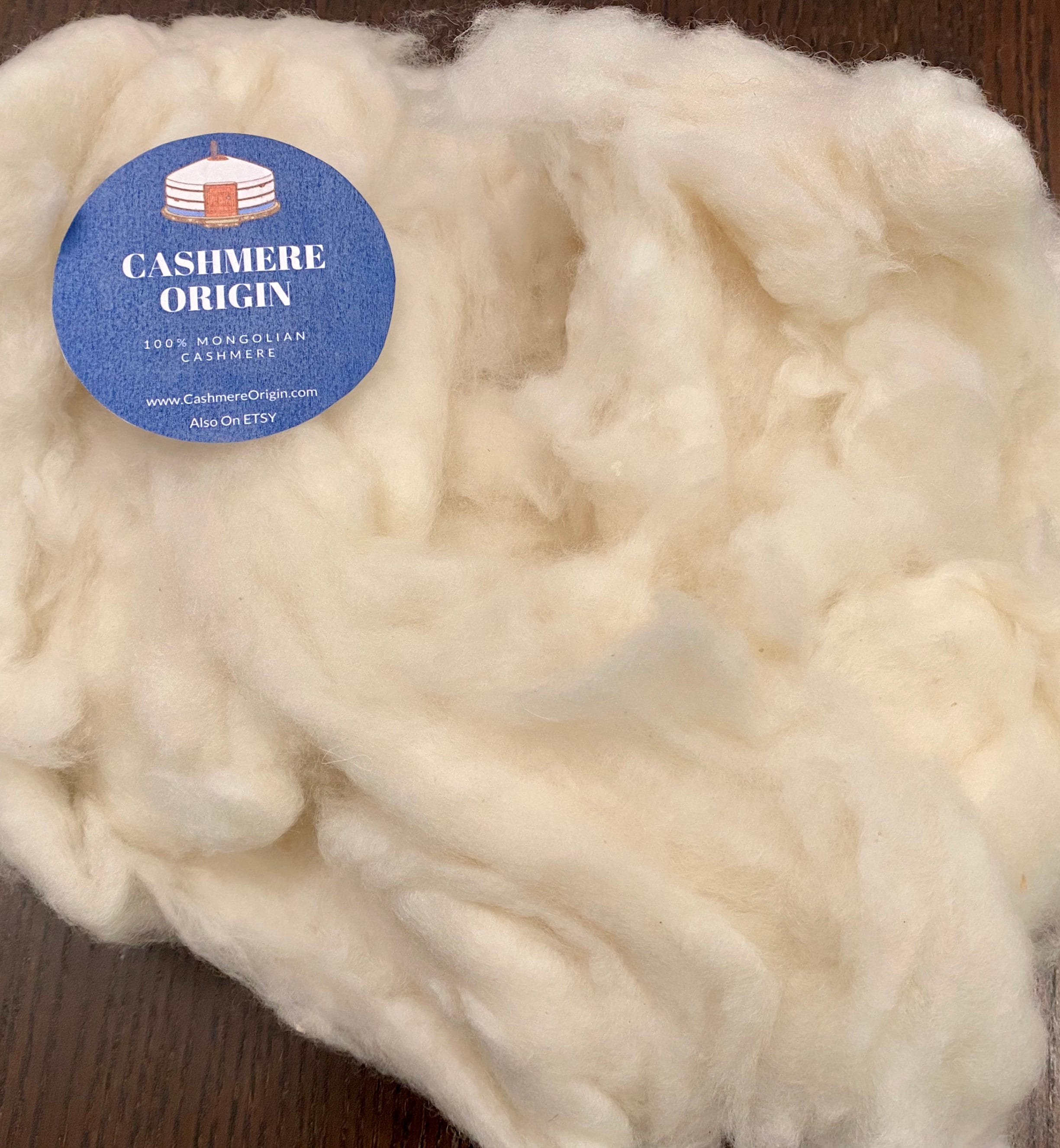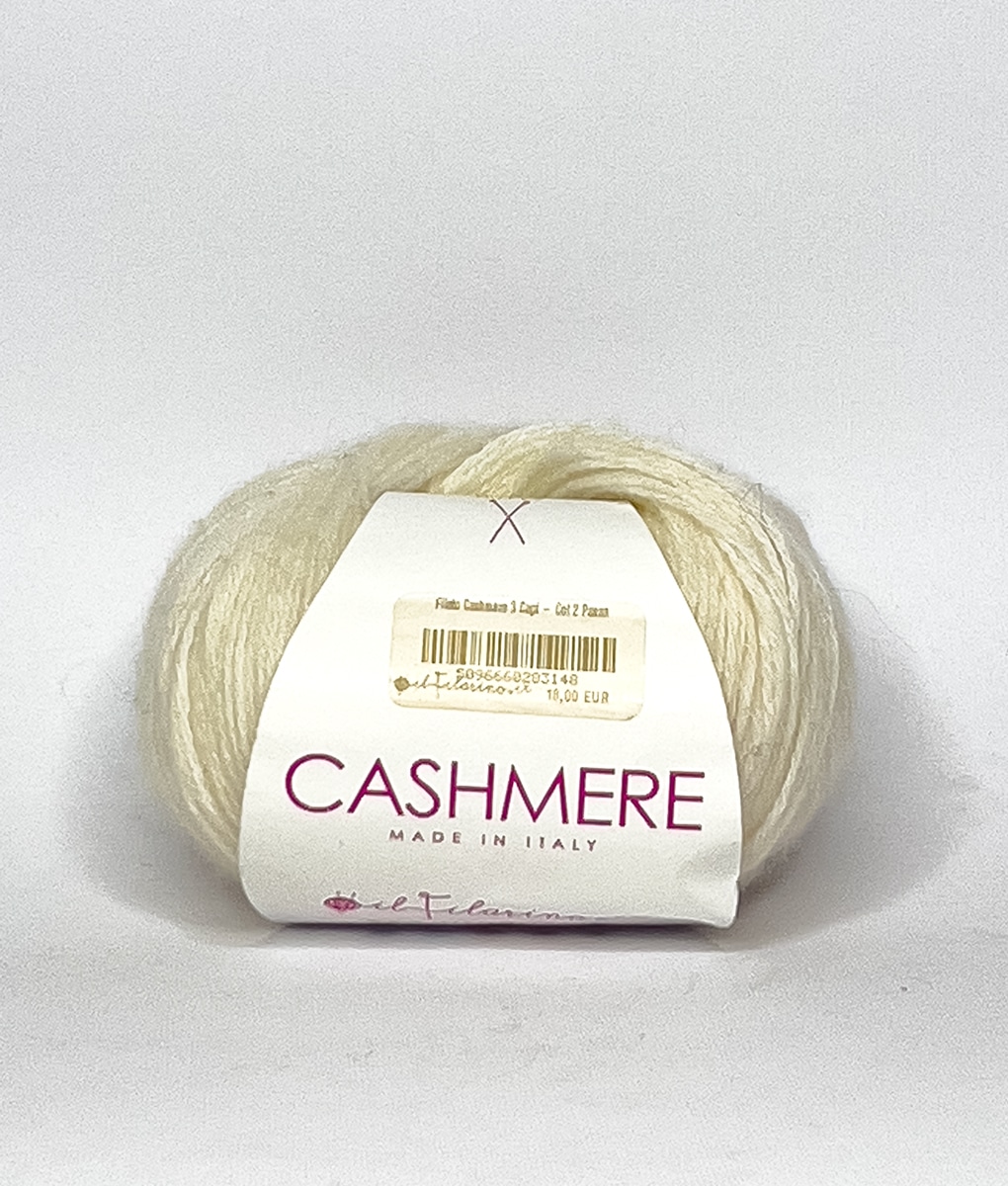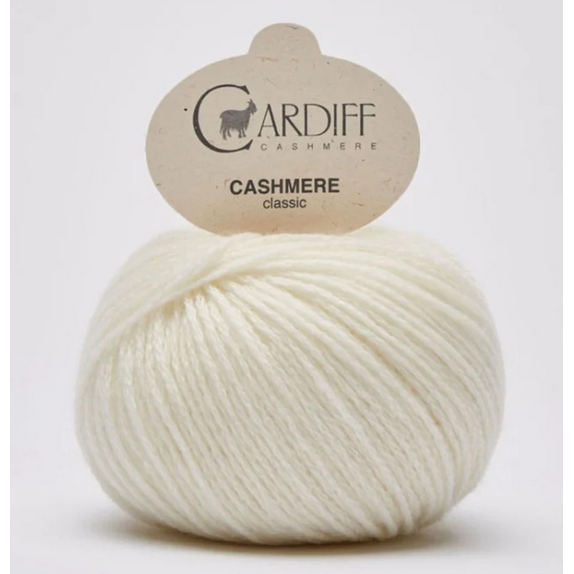Unveiling the Secrets of cashmere and Its Enduring Appeal in Design
Unveiling the Secrets of cashmere and Its Enduring Appeal in Design
Blog Article
Recognizing the Different Kinds Of Cashmere an All-natural Fiber and Their Special Benefits

The Beginnings of Cashmere: A Historical Overview
While the elegant touch of cashmere continues to charm modern-day consumers, its origins map back to the severe, cold climates of Mongolia and the Himalayas. For centuries, the indigenous peoples of these areas have been raising Capra Hircus goats, the prime resource of cashmere woollen. These goats, resilient versus the serious winter seasons, grew a fine undercoat to endure, which later on came to be known as cashmere.

The Production Process: From Goat to Garment
Shearing a Capra Hircus goat notes the inception of the complex cashmere production process. The resultant raw cashmere is then washed to remove pollutants such as vegetable, oil, and dirt matter.
The clean fiber undergoes coloring, spinning, and weaving, or knitting, to transform it into a textile. Facility procedures like quality assurance checks and completing procedures adhere to, ensuring the end item maintains the extravagant requirement anticipated of cashmere. This painstaking process, from goat to garment, justifies the high price affixed to cashmere items, making them an icon of deluxe and improvement.
The Numerous Sorts Of Cashmere: An In-depth Analysis

The Distinct Advantages of Cashmere: Comfort and Sustainability
Moving from the selection of cashmere types to the benefits they provide, comfort and sustainability stand apart plainly. Cashmere, an all-natural fiber, is renowned for its exceptional gentleness, providing a level of convenience that artificial fibers can't match. The material's internet lightness, yet remarkable warmth retention, makes it perfect for all seasons. Moreover, cashmere's all-natural flexibility permits it to go back to its initial form, making it immune to reducing or extending.
When it involves sustainability, cashmere is eco-friendly and eco-friendly, as it's harvested from cashmere goats who regrow their coats each year. what is cashmere. Unlike synthetic fibers which can take hundreds of years to break down, cashmere's influence on the environment is marginal. This mix of convenience and sustainability makes cashmere a valuable selection for conscious customers

Taking Care Of Your Cashmere: Upkeep and Preservation Tips
While cashmere is undoubtedly a sustainable and glamorous choice, it requires specific care to keep its quality and extend its life expectancy. To start, cashmere need to be hand cleaned using cool water and a mild cleaning agent. Stay clear of twisting or wringing the garment as it can harm the fibers. Rather, gently eject excess water and lay it level on a towel to dry. Additionally, cashmere items must be stored in a dry and trendy area, away from straight sunlight and moisture. Making use of moth repellents can shield these garments from potential damages. Last but not least, it's advisable to prevent hanging cashmere to prevent stretching. Instead, layer and shop them properly to preserve their form and quality gradually.
Purchasing Cashmere: Understanding Its Worth and Well Worth
Although cashmere might originally Continue appear like a pricey financial investment, its long-lasting worth and worth come to be noticeable when you consider its amazing high qualities. Understood for its unparalleled soft qualities and warmth, cashmere is a costs all-natural fiber that outshines other materials. Its high demand and Get More Information limited supply add to its high cost, however its sturdiness ensures it lasts for years, offering exceptional value for money. Cashmere pieces are classic, often becoming heirlooms passed down via generations. what is cashmere. Its all-natural insulating residential or commercial properties offer warmth without the mass of synthetic fibers. Investing in cashmere, therefore, is not practically current fashion trends, yet regarding embracing a sustainable, lasting, and elegant way of living.
Final Thought
In recap, the kind of cashmere one selects, be it Mongolian, Chinese, or Italian, is dictated by specific choices for heat, high-end, spending plan, and sustainability. Comprehending the origins, manufacturing process, and special advantages of different kinds of cashmere can lead customers in their investment in this lavish all-natural fiber.
Whether it's the extraordinary warmth of Mongolian cashmere, the affordability of Chinese cashmere, or the eco-conscious manufacturing of Italian cashmere, there's a tale to be found behind each fiber kind. Cashmere, an all-natural fiber, is renowned for its unmatched soft qualities, supplying a degree of convenience that synthetic fibers can not match.When it comes to sustainability, cashmere is renewable and naturally degradable, as it's harvested from cashmere goats who regrow their layers each year. Understood for its exceptional softness and warmth, cashmere is a costs natural fiber that outmatches various other products. Comprehending the origins, production process, and one-of-a-kind benefits of various types of cashmere can direct customers in their investment in this luxurious natural fiber.
Report this page